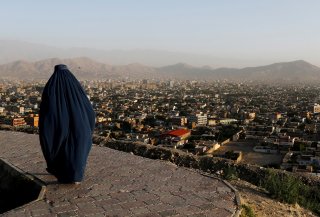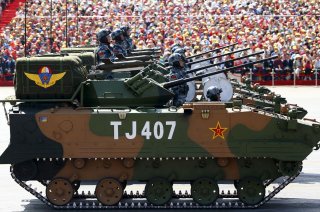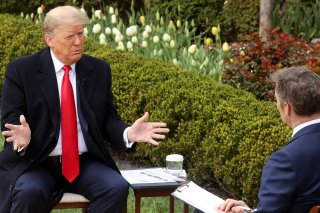March 27 , 2020
Every crisis comes with opportunities. The Covid-19 crisis presents the country with an unprecedented opportunity to have a hard look at the present state of the economy and think of strategies to strengthen indigenous R&D and manufacturing capabilities in different sectors. Covid19 will reshape the power equations in the world. China is already taking the high moral ground for having dealt with the crisis efficiently. It is trying to emerge as the hub of manufacturing of medical devices.
If India handles the crisis well and uses it for emerging stronger, it will have a greater role to play in the world post-Covid 19.
Several initiatives of far-reaching import have been announced by the government. More is probably in the pipeline. The Rs 1.7 lakh crore (Rs 1 trillion) relief package for the poorest sections of the society is timely and highly welcome, although it’s a moot point whether this is enough considering the scale of disruption and the impact it is having on daily wage earners. The government should do a quick impact analysis and consider whether more help is needed.
The government has also given some relief to the companies by deferring tax submission deadlines and lowering the penalty rates. This is the initial step which needs to be followed up with more.
Sector-wise relief packages need to be worked out so that the economy is not entirely disrupted. Several sectors, which provide jobs, have been hit. Undoubtedly, jobs will be lost at large-scale until the economic recovery takes place. Civil aviation, railways, transport, tourism, automobile, construction hospitality, et cetera are some examples. As a result, migrant labour has started moving to their homes. This is a potentially dangerous trend which must be reversed . The government, the corporate sector and civil society should make it easier for the workers to wear the impact of the lockdown.
Simple things, get them right












